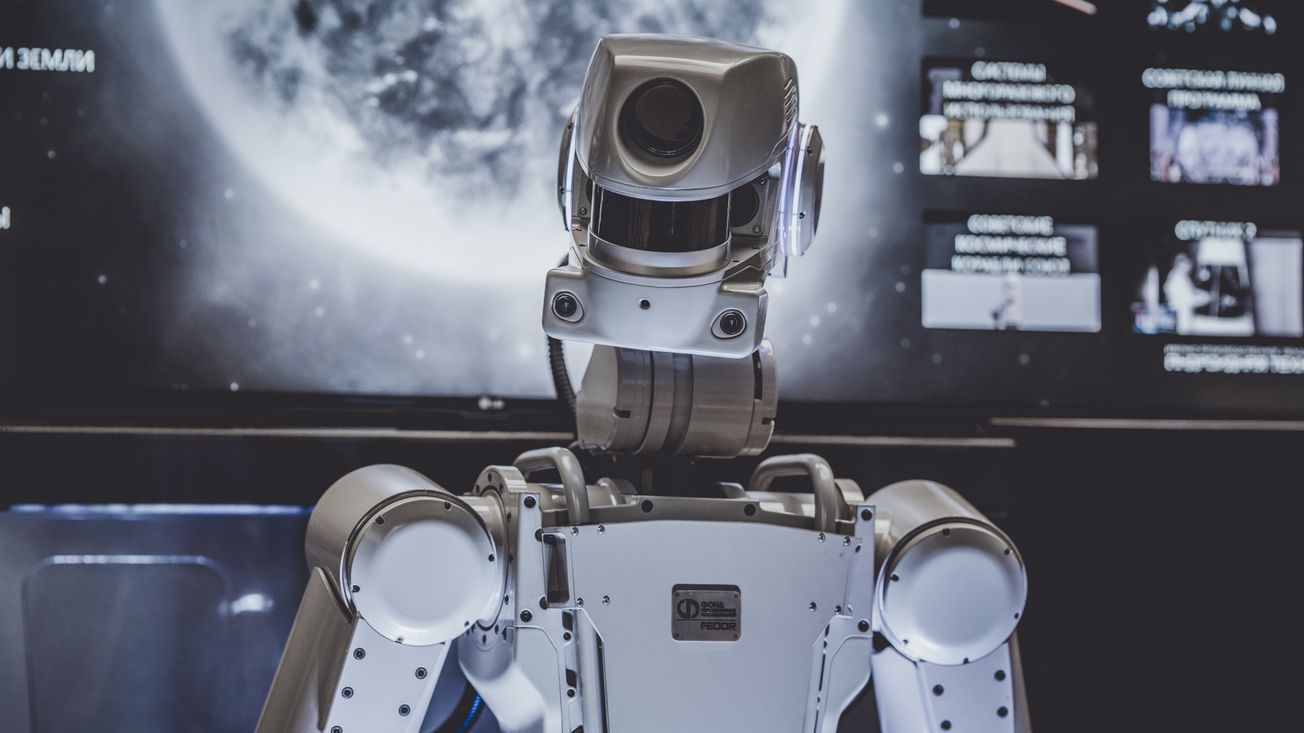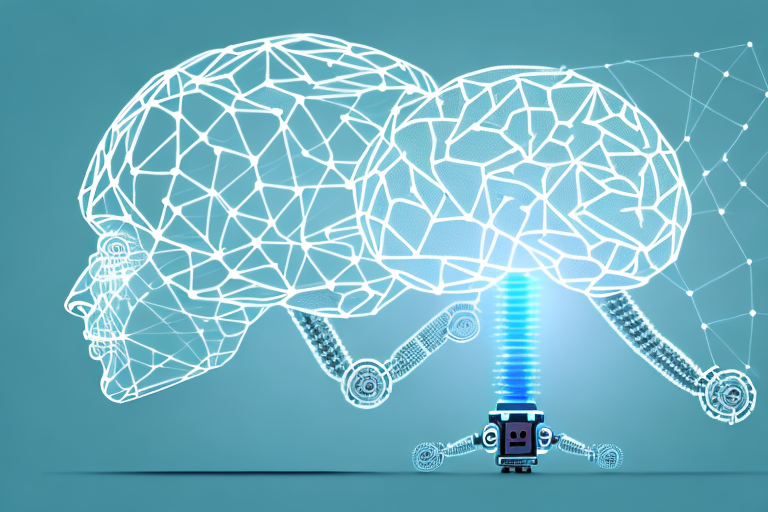Generative AI is one of the most rapidly evolving fields in artificial intelligence. It is a subset of machine learning that involves training algorithms to generate new content, such as images, text, and even music. In 2023, generative AI has become an essential tool for entrepreneurs who are looking to create innovative products and services.
The rise of generative AI has been driven by advances in machine learning algorithms and the availability of large amounts of data. As a result, generative AI has become more accessible and easier to use. Today, entrepreneurs can use generative AI to create everything from personalized content to entirely new products and services.
Generative AI has many potential applications for entrepreneurs and startup-related people. For example, it can be used to create personalized content for customers, such as customized product recommendations or personalized marketing messages. It can also be used to create entirely new products and services, such as AI-generated art or music. In addition, generative AI can be used to automate tasks that are currently done manually, such as content creation or data analysis.
What is Generative AI?
Generative AI is a type of artificial intelligence technology that can produce various types of content including text, imagery, audio and synthetic data. It is a subset of machine learning where the models are trained on large datasets to generate new outputs that are similar to the training data. The recent buzz around generative AI has been driven by the simplicity of new user interfaces for creating high-quality text, graphics and videos in a matter of seconds.
How does it work?
Generative AI works by training a model on a large dataset of inputs and outputs. The model then uses this data to generate new outputs that are similar to the training data. For example, a generative AI model trained on a dataset of cat images can be used to generate new cat images that look similar to the training data. The quality of the output depends on the quality and quantity of the training data, as well as the complexity of the model.
Types of Generative AI
There are several types of generative AI, including:
- Text Generation: These models generate new text based on the training data. They can be used for tasks such as language translation, chatbots, and content creation.
- Image Generation: These models generate new images based on the training data. They can be used for tasks such as art generation, photo editing, and video game design.
- Audio Generation: These models generate new audio based on the training data. They can be used for tasks such as music composition, voice synthesis, and speech recognition.
- Synthetic Data Generation: These models generate new data that is similar to the training data. They can be used for tasks such as data augmentation, privacy protection, and machine learning model training.
Generative AI has many potential applications in various industries, including healthcare, finance, entertainment, and more. As the technology continues to evolve, it is expected to unlock new possibilities for entrepreneurs and startups to innovate and disrupt existing industries.
Trends in Generative AI
Generative AI is rapidly evolving, and its impact is being felt across industries. Here are some of the latest trends in generative AI:
Applications of Generative AI
Generative AI is being used in a wide range of applications, from creating realistic images and videos to developing chatbots that can interact with humans in a natural way. One of the most exciting applications of generative AI is in the field of medicine. Researchers are using generative AI to develop new drugs and treatments, and to identify potential side effects before they occur.
Another area where generative AI is being used is in the creation of virtual assistants. These assistants can help businesses automate routine tasks, such as customer service inquiries, and can even assist with more complex tasks, such as financial analysis.
Impact on Business and Society
The impact of generative AI on business and society is significant. One of the biggest benefits is the ability to automate tasks that were previously done by humans. This can save businesses time and money, and can also improve the accuracy of certain tasks.
Generative AI is also having a profound impact on the creative industries. Artists and designers are using generative AI to create new and innovative works of art, and filmmakers are using it to create realistic special effects.
However, there are also concerns about the impact of generative AI on jobs. As more tasks are automated, there is a risk that some jobs may become obsolete. It is important for businesses to consider the ethical implications of using generative AI, and to ensure that they are using it in a responsible and sustainable way.
Challenges in Generative AI
Generative AI has great potential, but it also poses significant challenges. These challenges include ethical concerns and technical limitations.
Ethical Concerns
One of the biggest ethical concerns related to generative AI is the potential for misuse. Generative AI can be used to create fake news, deepfakes, and other forms of disinformation. This can have serious consequences for individuals and society as a whole.
Another ethical concern is the potential for bias. Generative AI algorithms are trained on large datasets, which can contain biases. If these biases are not addressed, they can be perpetuated by the AI system, leading to unfair outcomes.
Privacy is also a concern. Generative AI algorithms can be used to create realistic images and videos of people without their consent.
Technical Limitations
Generative AI is still a relatively new field, and there are many technical limitations that need to be addressed. One of the biggest challenges is the need for large amounts of data. Generative AI algorithms require large datasets in order to generate high-quality outputs. This can be a challenge for organizations that do not have access to large amounts of data.
Another technical limitation is the need for powerful computing resources. Generative AI algorithms require significant computing power in order to generate high-quality outputs in a reasonable amount of time. This can be a barrier to entry for organizations that do not have access to these resources.
Finally, there is the issue of interpretability. Generative AI algorithms are often described as "black boxes" because it can be difficult to understand how they are generating their outputs. This can make it difficult to identify and correct errors or biases in the system.
Future of Generative AI
As the use of generative AI continues to grow, the future of this technology is exciting and full of potential. In this section, we will explore some of the potential developments and implications for entrepreneurship.
Potential Developments
One potential development in generative AI is the ability to create even more realistic and complex content. For example, OpenAI's DALL-E can generate images of objects that don't exist in the real world. This could have implications for industries such as fashion and design, where virtual prototypes could be created before investing in physical production.
Another potential development is the use of generative AI in healthcare. Researchers are exploring the use of generative AI to create new drugs and predict the effects of different treatments. This could lead to more personalized and effective healthcare.
Generative AI could also have implications for the entertainment industry. With the ability to generate realistic images, videos, and music, generative AI could revolutionize the way content is created and consumed. This could lead to new business models and revenue streams for entrepreneurs.









